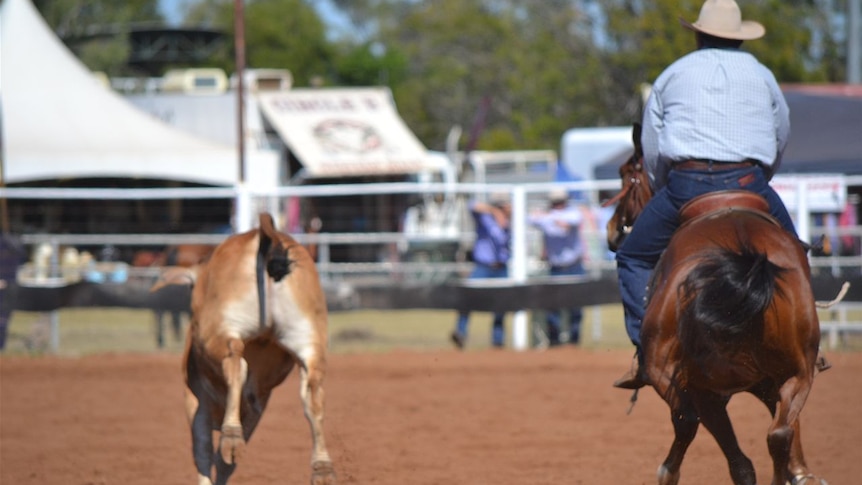Imagine the serene beauty of horses galloping across a lush green field, their hooves pounding rhythmically against the earth, their majestic forms a sight to behold. But beneath this idyllic image lies a looming threat – the deadly Hendra virus. Recently, Queensland recorded its first case of Hendra virus in three years, sending shockwaves through the equine community and reigniting calls to boost vaccination rates as the state gears up for its peak horse sport season.
The Hendra virus, transmitted from flying foxes to horses and potentially to humans and dogs, poses a significant risk to both animal and human health. Unvaccinated horses are especially vulnerable, as evidenced by the recent death of an unvaccinated horse in Queensland’s south-east. Equine vets are now emphasizing the importance of vaccination, highlighting the virus’s high mortality rate, with estimates indicating that 80% of infected horses and 70% of infected humans succumb to the disease.
Despite the gravity of the situation, the spread of the Hendra virus is relatively slow, requiring close contact for transmission and easily eradicated by basic hygiene measures. The introduction of a horse vaccine in 2012 marked a significant step in combating the virus, although concerns about potential side effects led to a failed class action lawsuit against the manufacturer. Laura Hardefeldt, President of Equine Veterinarians Australia, stresses the critical role of vaccination in preventing Hendra virus outbreaks, urging horse owners to consult their veterinarians and prioritize their animals’ health.
As the equine community braces for the peak horse sport season, including prestigious events like racing and campdrafting, the recent Hendra case serves as a stark reminder of the need for vigilance and proactive measures. The Australian Bushmen’s Campdraft and Rodeo Association (ABCRA), the largest non-profit equine sporting organization with 7,000 members, remains steadfast in its commitment to ensuring event continuity while upholding biosecurity regulations.
While horse events do not mandate Hendra vaccination, biosecurity measures and risk mitigation plans are imperative to safeguard both animal welfare and public health. Brisbane’s Ekka stands out for its requirement of Hendra vaccination for all horses entering the showgrounds, underscoring the varying approaches to vaccination across different equestrian competitions. Biosecurity Queensland’s decision to withhold the specific location of the latest Hendra detection reflects the importance of privacy and safety considerations.
In the face of this latest Hendra case, horse owners are urged to report suspected cases promptly, isolate sick animals, and await test results while avoiding close contact. The Cloncurry Stockman’s Challenge, a major event in north-west Queensland, demonstrates confidence in its disease prevention protocols despite the geographical distance from the Hendra detection. President Vince Wall emphasizes the value of animal welfare and the deep bond between owners and their horses, highlighting the meticulous care taken to ensure the well-being of these cherished animals.
Dr. Hardefeldt emphasizes the need for consistent vaccination rates nationwide, noting that while Queensland and New South Wales lead in vaccine uptake, disparities exist across the country. She raises concerns about anti-vaccination sentiments hindering efforts to combat the Hendra virus effectively. Since its discovery in 1994, the Hendra virus has claimed the lives of four people and over 90 horses, underscoring the urgent need for proactive measures and unified vaccination efforts to mitigate the virus’s impact.
The Hendra virus’s resurgence serves as a stark reminder of the delicate balance between human-animal interactions and the potential health risks posed by zoonotic diseases. As the equine community navigates through the challenges posed by the latest case, the call for increased vaccination rates and stringent biosecurity measures reverberates across the industry. Ultimately, the well-being of horses, humans, and the broader community hinges on collective action, vigilance, and a commitment to safeguarding health in the face of emerging infectious threats.









Leave feedback about this